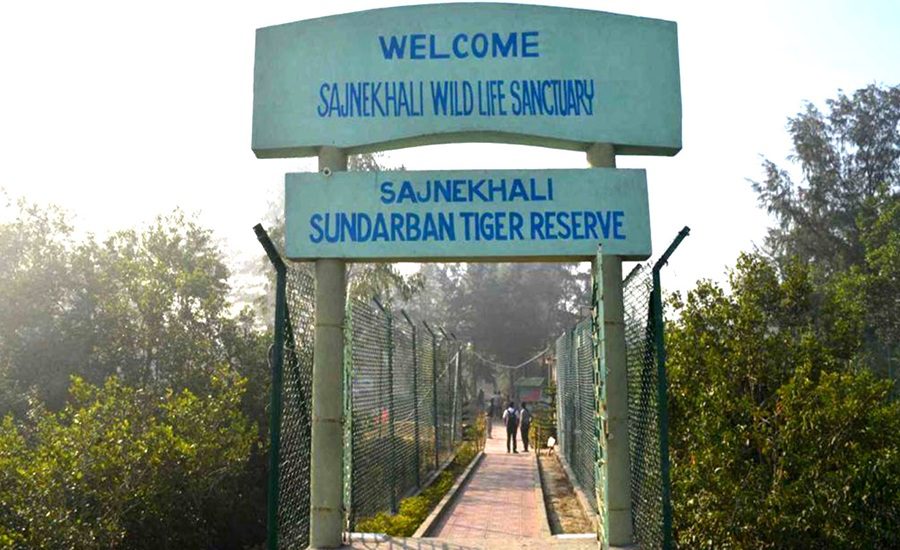Kolkata: The Sundarbans Tiger Reserve (STR) in West Bengal has become India’s second-largest tiger reserve after the National Board for Wildlife (NBWL) approved the state government’s proposal to increase its area by 1,044.68 sq km.
With this expansion, the reserve now covers 3,629.57 sq km, elevating it from seventh place to second among India’s 58 tiger reserves. Andhra Pradesh’s Nagarjunasagar-Srisailam Tiger Reserve remains the largest at 3,727.82 sq km.
Expansion Across South 24 Parganas
The expansion brings three tiger-inhabited ranges of South 24 Parganas Matla, Raidighi, and Ramganga under STR. This consolidation brings all tiger-bearing mangrove forests under unified command, ensuring faster implementation of National Tiger Conservation Authority (NTCA) guidelines and uniform management.
The NBWL meeting, chaired by Union Environment Minister Bhupender Yadav, cleared the proposal on August 19. Bengal’s Forest Minister Birbaha Hansda confirmed the development. “Our Chief Wildlife Warden was in the meeting and he informed me about the development immediately after the meeting was over on August 19 afternoon. I informed Madam Chief Minister yesterday and she is happy with the development. We will notify after receiving the formal communication from the Union government,” Hansda said.
Decision After Prolonged Consideration
The idea of including parts of South 24 Parganas in STR was first proposed nearly two decades ago. “We had approached the Centre in 2005–06 to integrate the adjoining forest areas with STR, as it would help manage tigers more efficiently under a unified structure. But it got stalled,” recalled Pradip Vyas, retired forester who worked extensively in the region.
The plan resurfaced in 2022–23, when a committee led by Sundarbans Biosphere Reserve Director Nilanjan Mullick recommended amalgamation. “We believed that inclusion of the buffer zones of South 24-Parganas in STR would be ecologically and administratively sound,” Mullick noted.
The state board of wildlife cleared the proposal in September 2023, followed by NTCA approval in 2024. The final clearance from NBWL came after multiple rounds of deliberations. “We took the decision after prolonged deliberations,” Minister Hansda said, expressing confidence the move would benefit both the Sundarbans and its people.
Conservationists Applaud the Move
Experts have welcomed the expansion. Soumitra Dasgupta, retired head of West Bengal’s forest force, said, “I’ve been advocating for this for over a decade and am very happy that it has finally become a reality.” He added the decision could attract more government and private funding, increase tourism, and strengthen infrastructure and staff capacity.
According to the latest tiger census, the Sundarbans houses 101 tigers — 80 inside the existing reserve and 21 in adjoining forests. Tiger expert and West Bengal Wildlife Board member Biswajit Roy Chowdhury said, “The tiger population is expected to rise further with improved management.” Fellow board member Joydeep Kundu added, “We should take advantage of the latest decision at the earliest as being offered under the tiger protection protocol.”
Concerns Over Livelihoods
However, challenges remain. A senior forest official cautioned that STR continues to face manpower and funding shortages. “We hardly have 40 per cent of approved manpower in STR,” the official said.
Local fishing communities have also raised objections. Milan Das of the Dakshinbanga Matsyajibi Forum argued, “Already, the fishermen in the present STR face a lot of problems. Once the three South 24 Parganas ranges are added to STR, the livelihood of thousands of additional fishermen is expected to be impacted.”
Forest officials clarified that the newly added areas are buffer zones, where fishing rights remain intact. Minister Hansda assured, “We will definitely have their interest in mind.”



























